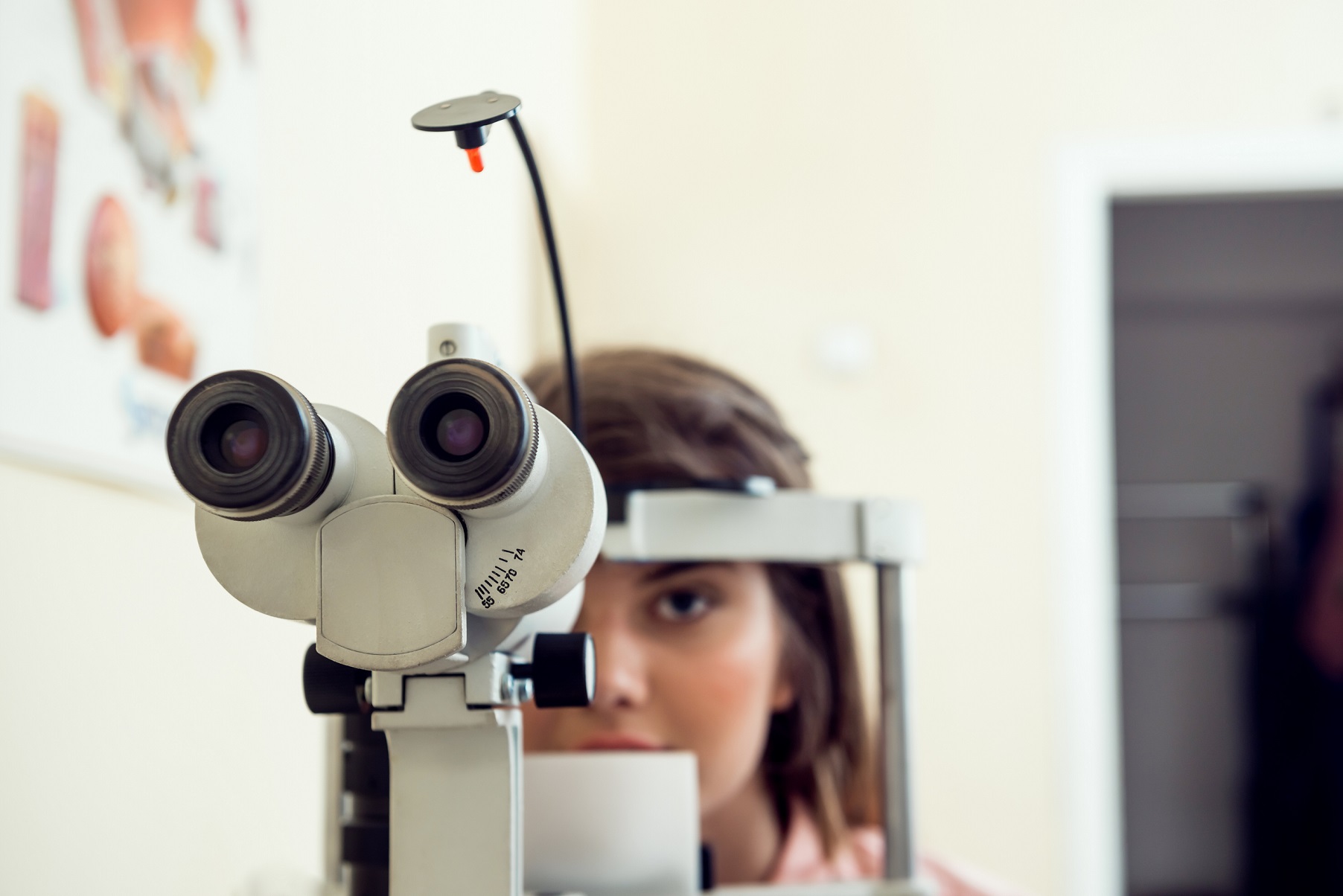
Central Vision Loss
- Central vision is the work of the macula, a small area in the centre of the eye that contains light sensitive cells which are used to determine fine detail and colour.
- Central vision enables a person to read, write, drive, recognise faces and carry out fine-detailed work.
- Loss of central vision is a loss of detail or blurred spots in your central field of vision, these spots may progress into dark or blank spots over time.

Peripheral Vision Loss
- Peripheral vision involves using your side, upper and lower fields of vision.
- Peripheral vision loss typically affects mobility, or getting around, such as navigating in crowds, crossing the road and approaching steps.
- Experiencing peripheral vision loss can leave a person with ‘tunnel vision’, meaning their central vision is clearer and brighter as compared to vision at the side.
- This type of vision loss can be accompanied by loss of night vision, sensitivity to glare, and difficulty adapting to fluctuations in light.

Patchy or Blurred Vision
- General loss of clarity or varying degrees of blind spots. Both central and peripheral vision may be affected.
- Common causes of patchy or blurred vision include Diabetic Retinopathy and Cataracts.

Neurological Vision Loss
- The area of the brain responsible for vision is the Occipital Lobe, located at the back of the head.
- Vision can be affected if there is an issue interpreting visual information or if the occipital lobe is injured or damaged.
- If a person acquires a brain injury, for example through physical trauma or a stroke or through neurological conditions such as MS or Parkinson’s, their vision may be affected in the following ways:
double vision, peripheral vision loss, focusing/fixation problems, involuntary eye movements, visual neglect (where the person does not attend to one part of their visual field).

Other types of vision loss include:
- Reduced contrast sensitivity
- Reduced ability to see colour
- Inability to adjust to changing lighting levels
- Interference from glare
- Total vision loss